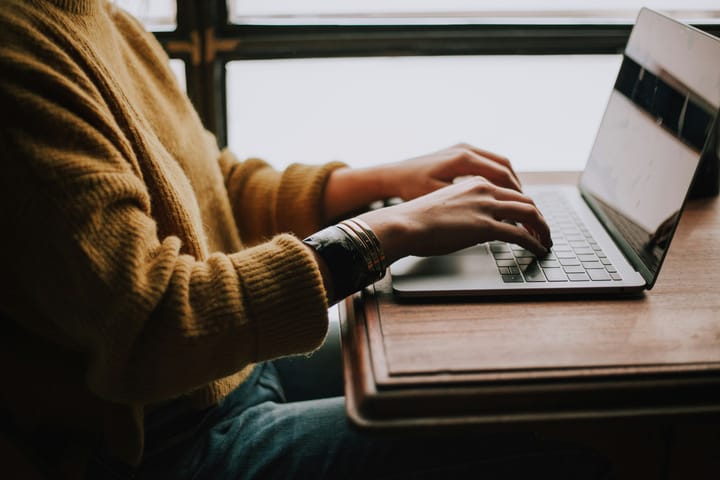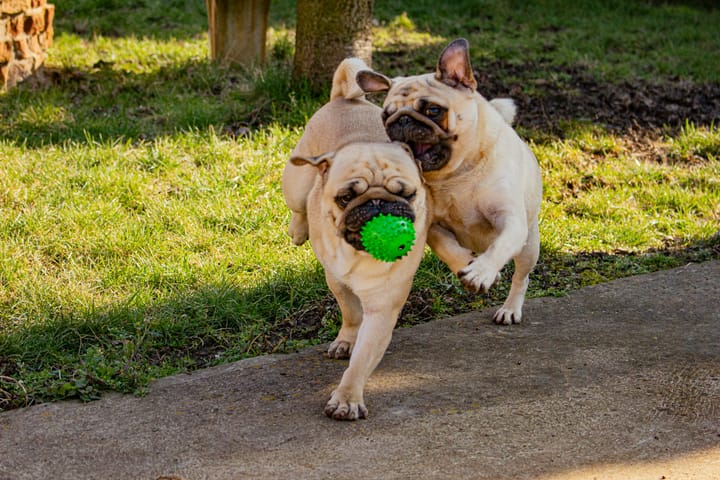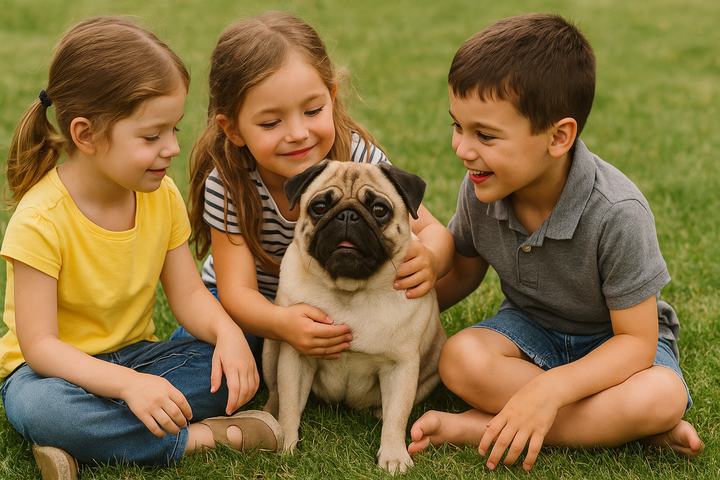What to Buy Before Bringing Home a Pug Puppy: The Ultimate Prep List for New Pug Parents
Learn the must-have items for pug puppies, why each one matters, and what to look for specifically when shopping for this unique, snub-nosed breed. Whether you’re a first-time dog parent or a seasoned pug lover, this guide will help you prepare like a pro.

Bringing home a new pug puppy is an exciting (and slightly chaotic) time — full of snorts, tail wags, and baby zoomies. But before your squishy-faced companion arrives, it’s important to have everything ready to keep them safe, comfortable, and well cared for from day one.
In this Club Pug exclusive, we’re covering the must-have items for pug puppies, why each one matters, and what to look for specifically when shopping for this unique, snub-nosed breed. Whether you’re a first-time dog parent or a seasoned pug lover, this guide will help you prepare like a pro.
🏠 Essential Supplies for Your New Pug Puppy
1. Comfortable, Adjustable Harness
Because pugs are prone to breathing issues, skip the collar and opt for a step-in or no-pull harness that doesn’t put pressure on their throat. These Puppia harnesses come in extra small sizing and an assortment of solid colors.
Once your puggy reaches about 6-8 months old, your options for harnesses will grow and you'll be able to find super cute ones that are even adjustable to accommodate a puppy who is still growing, or for adding extra layers in cooler months. For example, these Sprinkle Pups adjustable harnesses were made specifically for pugs and other smooshy face breeds whose body shapes vary.
🔎 Look for: Soft mesh materials, secure buckles, and adjustable sizing for growing pups.
2. Leash (4–6 feet)
A simple lightweight leash gives you control without overwhelming a small puppy. Avoid retractable leashes, which can be dangerous for training and control.
3. Puppy-Safe Bed
Choose a soft, washable bed that offers support for your pug’s hips and joints. Raised edges can also help with comfort and security, and this fluffy, cuddler type of bed can often help with anxiety as well as provide more warmth in cooler homes.
4. Crate or Playpen
Crate training helps with housebreaking and keeps your pug safe when unsupervised. A small to medium crate with a divider works best for growing pups. Alternatively, you could fence off a small area using a baby play yard system or one specifically for dogs. A baby play yard system is often times less expensive than a playard marketed specifically for pets, but they are typically the same thing, aside for some details. Look for a system that gives flexibility in play area size by allowing you to add or remove panels as needed. These also can be configured in different shapes to fit different areas of your home.
5. Food and Water Bowls
Use shallow, non-tip bowls to make it easy for your pug’s short snout to access food and water. Stainless steel or ceramic bowls are best for hygiene and can help prevent pimples on your pug's chin. You can buy bowls that stand separately (and we'd also advise a silicon mat to place underneath), or bowls that are fixed on a mat or stand like this stainless steel set or like this ceramic bowl set.
However once your pug gets large enough to reach a dish at a 5-inch height, we highly recommend this trough style of feeding dish that was designed specifically for our smoosh-faced friends. This format makes it easier for them to breath and get to their yummies at the same time, and it also comes in a slow feeder format, if you find that your puggy is eating too quickly!
6. High-Quality Puppy Food
To minimize transition for your new puppy, we recommend that you check with the breeder or rescue organization in advance and purchase the same type/brand of food that your puppy is currently on, and even stay on this same brand until puggy is at least several months old before transitioning to other types of food. At that point, you can transition your pup to another small-breed puppy formula approved by AAFCO if you like. Look for brands with real meat, no fillers, and balanced nutrients.
🦴 Ask your breeder or vet for recommendations based on your pug’s needs.
7. Training Treats
Soft, bite-sized treats are perfect for potty training, crate training, and early obedience work. Pugs are food-motivated and usually not terribly picky — use that to your advantage, but also keep in mind the calories can add up for our stout little friends. For puppies, we like soft, tiny bites with single or just a few ingredients for the healthiest treats.
8. Puppy Pads and Enzyme Cleaner
Accidents will happen! Use puppy pads during training (Costco is a great place to buy them at a good price) and keep an enzymatic cleaner on hand to eliminate smells and prevent re-marking. We've found that Nature's Miracle does a pretty good job.
9. Toys for Teething and Enrichment
Pugs love to chew, especially during the teething stage. Offer durable chew toys, plush toys, and interactive puzzles to keep them mentally stimulated. Our favorites for young pups have been Nylabones and these cute little Kong toy bears.
10. Grooming Supplies
Pugs shed — a lot. Start grooming early so your pup gets used to it.
🧼 Must-haves:
- Soft-bristle or rubber grooming brush
- Puppy-safe shampoo0
- Nail clippers or grinder
- Wrinkle wipes
- Ear cleaner
🧸 Bonus: Nice-to-Haves That Make Life Easier
- Stroller or carrier (for safe socialization before all shots)
- Dog-safe wipes for quick cleanups
- Baby gates to block off unsafe areas
- Puppy-sized ID tag with your contact info
- A "puppy journal" to track vet visits, vaccines, and milestones
📦 Club Pug Tip: Create a Puppy Prep Basket
Before your pug arrives, put all your supplies in one organized bin or shelf so you're not scrambling. It also makes for a great photo op on Gotcha Day!
💛 Final Thoughts: Prepare Now, Snuggle Later
Preparing your home and heart for a pug puppy is the first step toward a joyful life together. With the right gear and setup, you’ll spend less time worrying and more time bonding with your snorty, wrinkly little shadow.



Comments ()